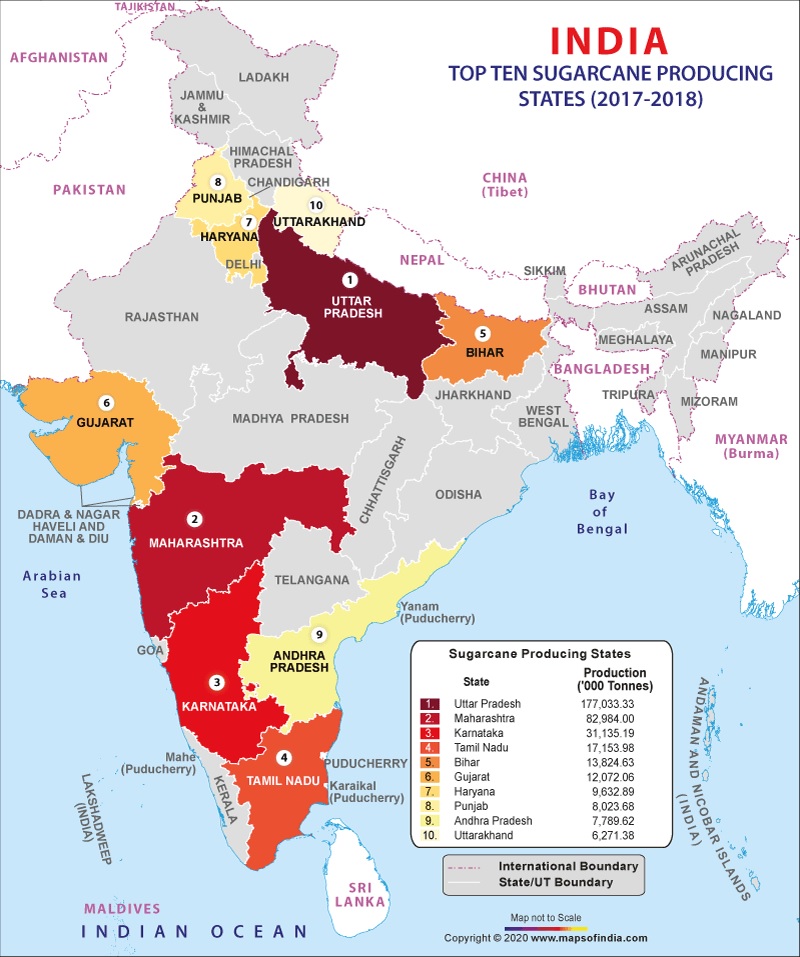7667766266
enquiry@shankarias.in
The next government in Lucknow should work at making sugarcane part of a ‘circular economy’, realising its full potential.

The circular economy is a model of production and consumption, which involves sharing, leasing, reusing, repairing, refurbishing and recycling existing materials and products as long as possible. In practice, it implies reducing waste to a minimum.
References
Quick facts
Sugarcane